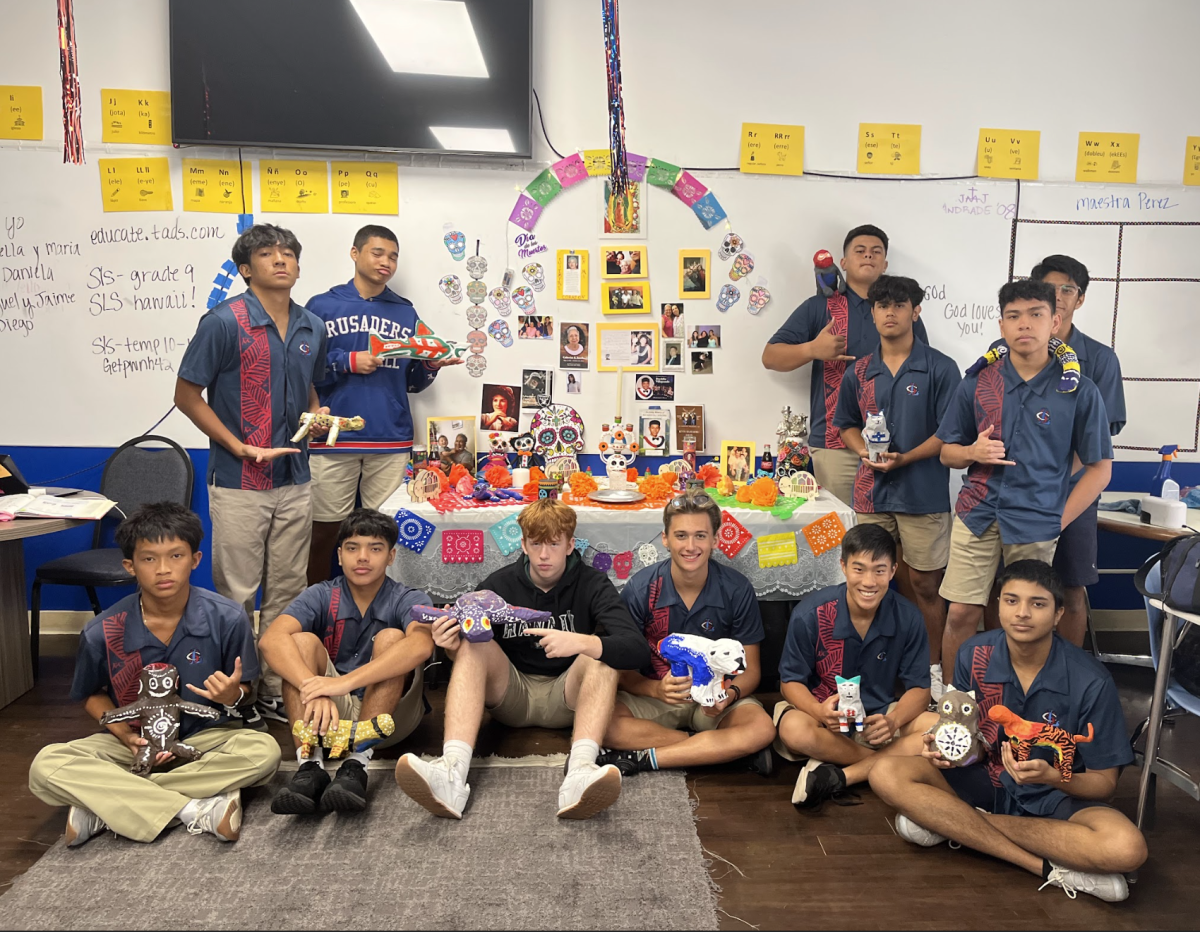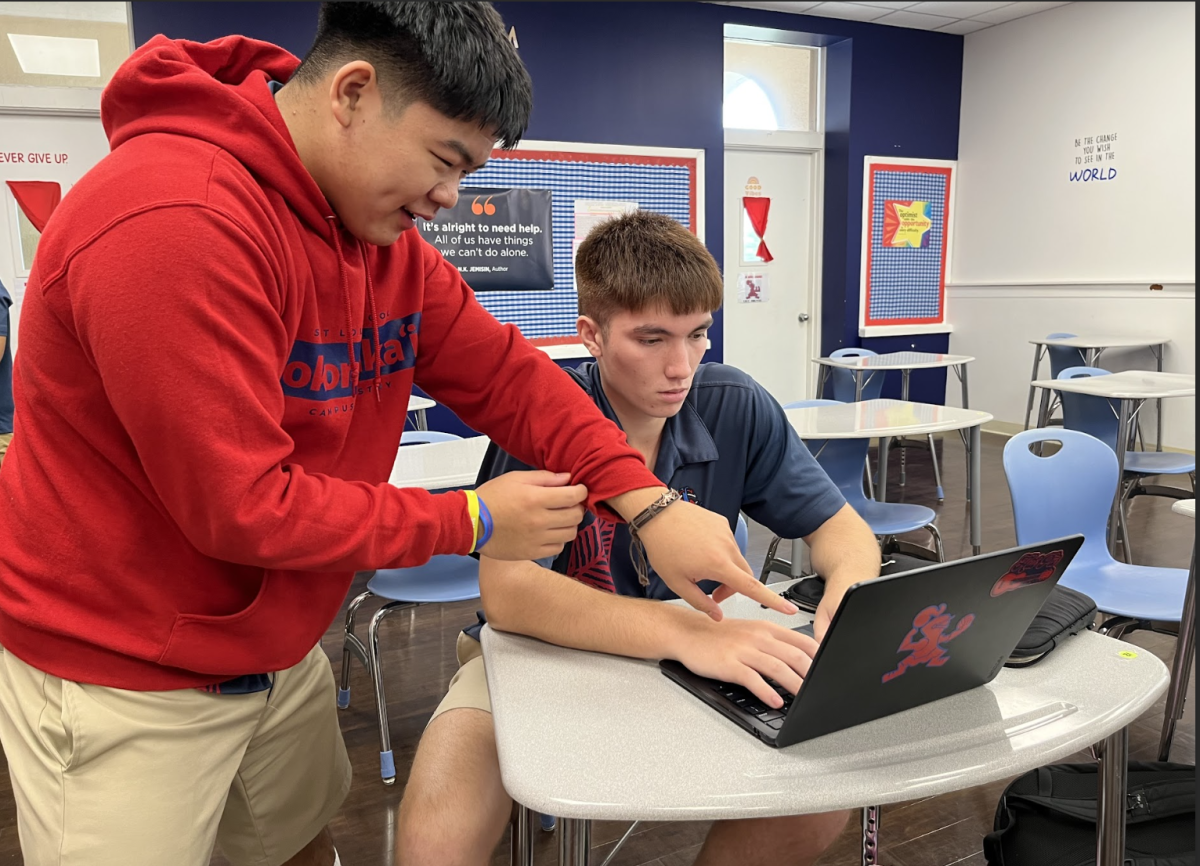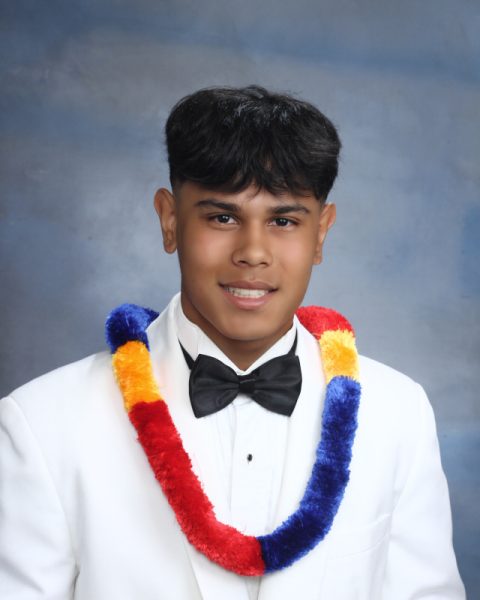Known for its breathtaking landscapes and tropical allure, Oʻahu continues to attract thousands of tourists each week. But local first responders are raising alarms over a troubling trend: tourists influenced by social media posts are increasingly putting themselves in dangerous situations, resulting in a growing number of emergency rescues.
Popular platforms like Instagram and TikTok are saturated with influencers on Oahu capturing dramatic footage of cliff dives, hidden hikes, and towering waves, often without context and proper safety precautions.
“People see influencers posting videos of hikes or cliff jumps without showing the risks involved,” said Honolulu Fire Chief Brian Coughlin. “There’s no mention of weather conditions, ocean currents, or trail difficulty, just the highlight of something eye-shocking.” As a result, Oʻahu’s emergency response teams are receiving more calls from lost or injured visitors. “When tourists don’t adhere to warning signs at the beach or aren’t properly prepared to go hiking, this will increase the number of calls,” exclaimed Firefighter II Clayton Choo Jr. “Our trucks are out rescuing more tourists, and that means less resources for local people who also need help.”

For many responders, it’s not just the number of calls that’s a challenge. Officer Ernie Pascual from the Honolulu Police Department noted that language barriers often make it harder to help tourists in trouble. “Not every officer can speak multiple languages, and in urgent situations, exclaimed Pascual, it’s vital to find someone who can communicate clearly and efficiently during the operation”. He also stressed the need for teamwork: “Working together is key in rescues because mistakes can cost lives.”
While tourists sometimes face criticism for insensitivity toward local traditions, visitors like Kirk Macaulay exemplify a more respectful approach during frequent trips to Oʻahu. Reflecting on his first visit, Macaulay recalled, “Being from Kentucky, when I first visited Hawaiʻi, I thought it was a vision of paradise.”
Now a regular visitor, Macaulay encourages fellow tourists to embrace the spirit of Aloha and express gratitude to local communities. He also stresses the importance of protecting Hawaiʻi’s cultural and natural sites. “People need to consider how sharing certain locations might lead to overcrowding, damage to sacred sites, or even trespassing on private property.”
Despite the risks associated with social media, its potential to be used in a positive way can become a great asset in saving lives. “Although I don’t use social media often, it has the potential to be a powerful communication tool, especially when used responsibly”, exclaimed Coughlin. “It allows us to reach a large audience quickly, which is crucial in emergencies and could potentially save lives.”
As Oʻahu works to balance tourism with public safety and cultural preservation, locals encourage visitors to explore the island responsibly, through preparation, respect, and an understanding of their impact. Through mindful travel, locals hope Hawaiʻi can be enjoyed in a way that preserves its beauty and respects its deep cultural roots for future generations.












